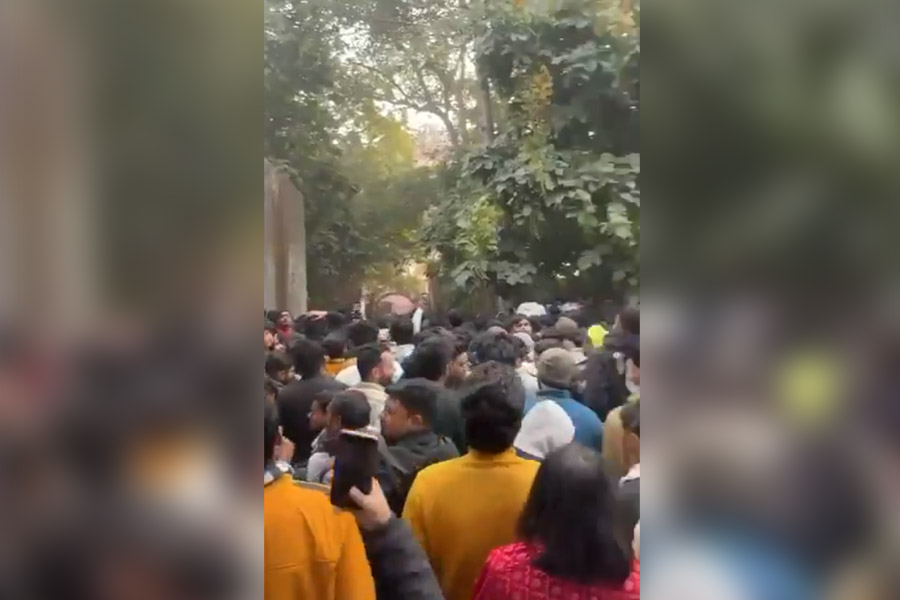The government on Thursday said it will review the design of all existing and under-construction dams vulnerable to Glacial Lake Outburst Floods, ensuring these dams have adequate spillway capacity to handle extreme flood scenarios.
A glacial lake outburst flood (GLOF) is a type of outburst flood caused by the failure of a dam containing a glacial lake.
Moreover, conducting GLOF studies has been made mandatory for all new dams planned in areas with glacial lakes.
In a written response to a question in the Lok Sabha, Minister of State for Jal Shakti Raj Bhushan Choudhary said the Central Water Commission's measures include monitoring 902 glacial lakes and water bodies across the Himalayan region from June to October each year.
"Subsequent to Teesta-III Hydroelectric dam collapse in October, 2023, Central Water Commission has decided to review the design flood of all the existing and under construction dams vulnerable to Glacial Lake Outburst Floods (GLOFs) to ensure their adequate spillway capacity for a combination of Probable Maximum Flood/Standard Probable Flood and GLOF," he said.
This initiative helps detect changes in the water spread area, particularly focusing on lakes that have expanded significantly, posing potential disaster risks. The CWC's monthly monitoring reports are publicly accessible, providing transparency and up-to-date information on glacial lake conditions.
The Ministry of Power has identified 47 dams, including 38 commissioned and nine under-construction dams, as potentially affected by GLOFs from glacial lakes in Indian territory. GLOF studies have been completed for 31 of these projects. Additionally, the Ministry of Earth Sciences, through the National Centre of Polar and Ocean Research (NCPOR), has been monitoring two pro-glacial lakes in the Chandra Basin since 2013, contributing to ongoing scientific research in the region.
In the Teesta River Basin, the National Institute of Hydrology, Roorkee, under the National Mission on Himalayan Studies (NMHS), has prepared a comprehensive status report on glacial lakes in the Sikkim Himalayas.
This study is crucial in understanding the impact of climate change on the region's glaciers and rivers.
These initiatives underscore the government's commitment to enhancing disaster preparedness and mitigating the risks associated with GLOFs, particularly in the vulnerable Himalayan region.
In a separate response, he said the Central Pollution Control Board (CPCB) reported that 3,526 grossly polluting industries (GPIs) have been identified in the Ganga Basin.
Of these, 2,855 industries are operational, while 671 have voluntarily closed down. Among the operational industries, 2,734 are complying with the prescribed environmental standards.
The CPCB has issued show-cause notices or closure directions to 121 non-compliant industries, he said.
Except for the headline, this story has not been edited by The Telegraph Online staff and has been published from a syndicated feed.












